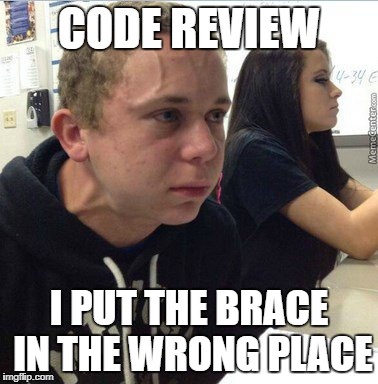| This series of posts is about stress, specifically in agile environments, where it comes from and what to do about it | ||
|---|---|---|
| Part 1 | Part 2 | Part 3 |
 Last time we talked about eustress (the good kind of stress) and distress (the bad kind). How does one turn into another? And what can we do to stay on the light side, rather than turn to the dark side?
Last time we talked about eustress (the good kind of stress) and distress (the bad kind). How does one turn into another? And what can we do to stay on the light side, rather than turn to the dark side?
The stress we feel is in our head. We translate how we see the environment around us, to predictions of what might happen. For example, what might happens if I don’t finish coding on time, what if I miss something while testing, and what if I don’t get the next customer.
What can we do about it?
Let’s start with the bad news. Stress is not going away. We’re all working in a business environment, which dictates deadlines and keeps an eye on results. (I know, I know, some of those are misguided and unrelated to the business goals, but they too will remain with us for a long time). Agile methods just raise the bar.
To tell the truth, in the waterfall era, what we did was really unprofessional. Hiding the actual status of our work, working on what *we* thought was best, and delayed decisions sometimes until it was too late to change back. The shroud was a stress reliever (at least until just before release).
Agile methodologies try to align the development processes with the business goals. Increased visibility helps there. Incremental releases help as well. They allow the business to confirm going forward, or change course. With extra visibility comes some stress.
Regardless on how we feel, this is mainly good for business.
Until we leave, because we’re overstressed. Then it’s not so good for the business.
We forgot something on the way to agile
One of the agile manifesto 12 principles talks about “motivated individuals”. You know, the same ones from “individuals and interactions”.
Scrum also puts motivation in the spotlight. Two of the values of scrum are “respect” and “courage”. While the other values “openness”, “commitment”, and “focus” is what we expect people to give, respect and courage is what we want to feel.
Stress is something we feel. How we deal with it lies in our hands: Our experience, maturity, relationship and skill level.
But mostly, it’s up to the managers and leaders, who set the tone by creating a safe (and sometimes unsafe) environment. With more safety, our distress goes back to eustress.
How do leaders create a safe environment? That’s in the final part of the series.